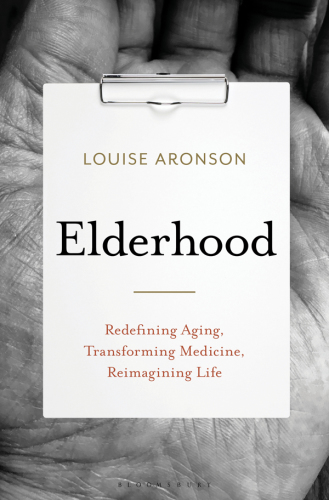
Elderhood
Redefining Aging, Transforming Medicine, Reimagining Life
بازتعریف پیری، تحول پزشکی، بازتعریف زندگی
کتاب های مرتبط
- اطلاعات
- نقد و بررسی
- دیدگاه کاربران
نقد و بررسی

Starred review from April 15, 2019
A noted geriatrician illuminates the facets of old age through a compassionate, philosophical, and humanistic lens. For Aronson (Medicine/Univ. of California, San Francisco; A History of the Present Illness: Stories, 2013), what began as a relatively rudimentary "old age book" soon morphed into an examination of aging and the human condition encompassing poignant stories and the viewpoints of medical experts, writers, historians, and scientists. Most of the author's patients are 60 and above, and she approaches their care not just from a wellness angle, but from humanitarian, social, and personal ones as well. She shares harrowing case studies of elderly people who have been misdiagnosed or mistreated by medical professionals. She also examines the ways an ageist modern society and the medical community and its depersonalized treatment protocols continue to fail elderly patients. Aronson rightly believes that these failures must be brought forward as learning tools for the global medical community. The author modestly inserts herself into the narrative, frequently sharing stories about her youth and her medical rotations as well as her father's struggles with dementia and her mother's battle with cancer. She also addresses worrisome (and potentially disabling) physical changes and medical issues that appeared much earlier in her life than she'd expected. The narrative is comprehensive, sprawling, and often depressing and somber, featuring sad histories of elder maltreatment and neglect as well as clear examples of ageist ignorance. Nonetheless, the book is beautifully written and offers countless moments of keen insight. Some observances are even startling, as when Aronson pauses to reflect on the societal obsession with anti-aging and accidentally observes the disturbing hairline of a woman with a facelift, her "surgical residua pulling one way and gravity another." By collectively observing age from diverse perspectives, the author hopes readers (and caregivers) will discover a new appreciation for growing old that is positive, fruitful, and rewarding. Empathetic, probing, and often emotionally moving narratives on appreciating the power and the pain of aging.
COPYRIGHT(2019) Kirkus Reviews, ALL RIGHTS RESERVED.

























دیدگاه کاربران